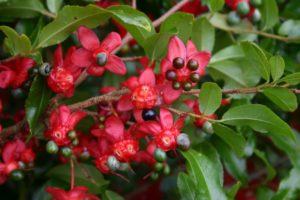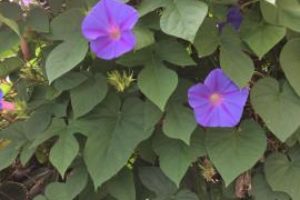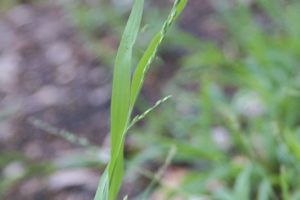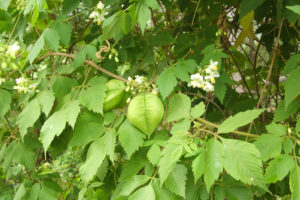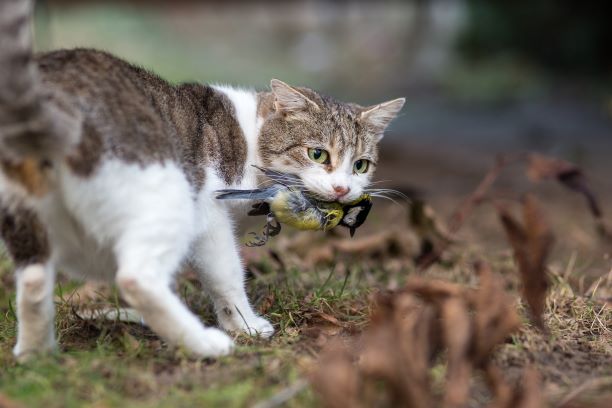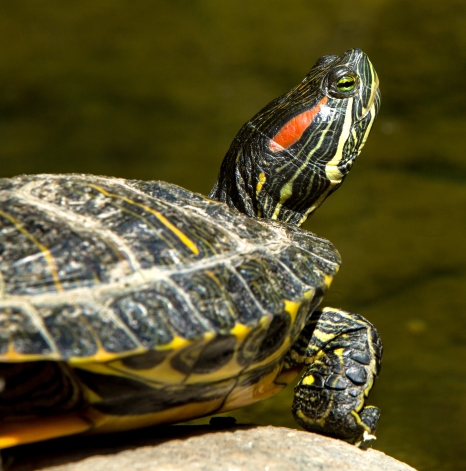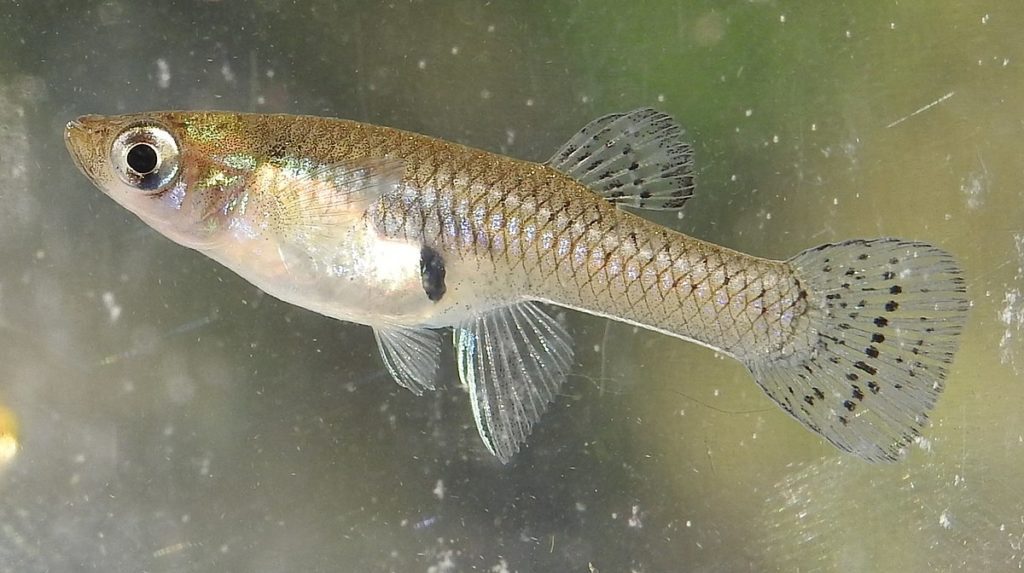PEST SPECIES
The bushland of the Wolli Creek Valley is vulnerable to invasion by both introduced animal and plant pests.
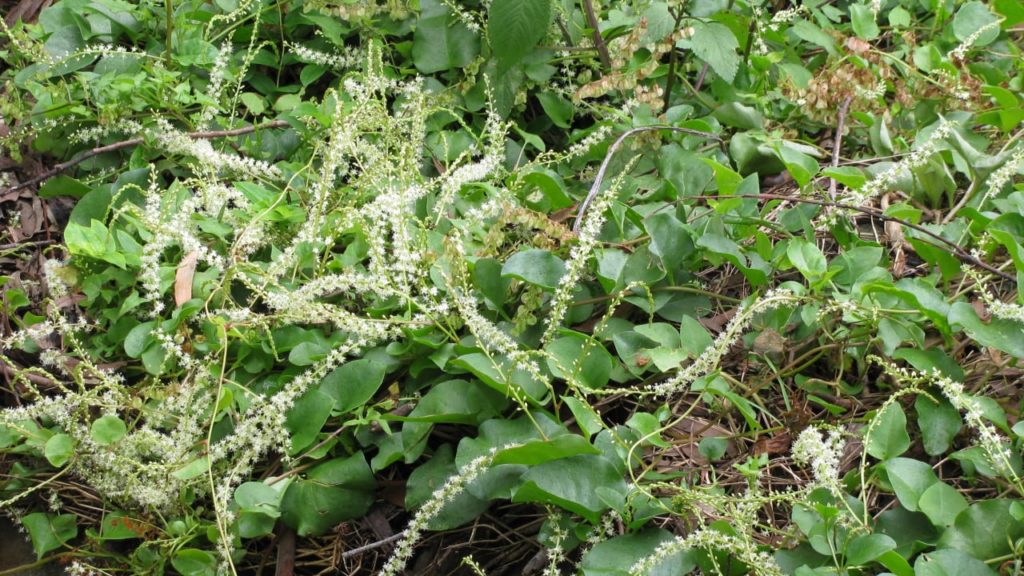
Plants
A Legacy of Weeds
Historical land use, and the more recent motorway threat to the Wolli Creek Valley has resulted in a large legacy of weed species. On top of this, the long, linear shape of the bushland, and the surrounding housing and other urban development, means that the bushland is vulnerable to continuing and new weed spread.
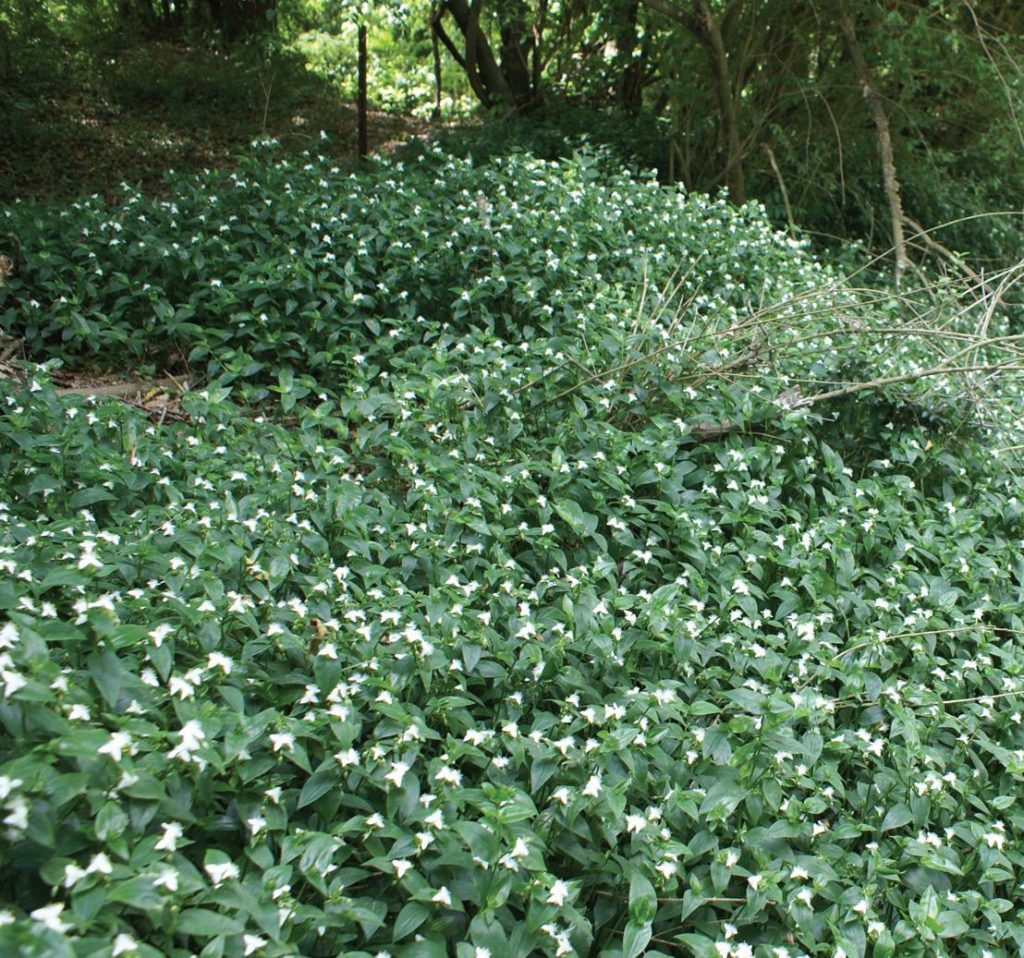
Weeds and the Valley’s Bushland
Weeds are present at all levels of the bushland – as trees, shrubs, vines, and as grasses and groundcovers. Some areas are vulnerable to, and suffer from weed invasion more than others. Areas close to the creek for example are particularly prone to weeds thriving at the expense of local native plants, as the higher moisture and nutrients, and flooding events combine to produce the ideal environment for many weed species to germinate and grow.
This makes restoring these creek-side areas, by tipping the balance towards native plants, a challenge. There are other areas where weeds have a harder time establishing themselves. This includes for example, areas of heathland on thin, nutrient-poor, sandy soil, such as in the Nanny Goat Hill area, and other upper, and rocky slopes. Weeds are also usually prominent behind or below houses and other developments where this abuts bushland. Sometimes this occurs through dumping of plant material, or it may be due to seeds of garden plants spreading via wind or water, or by animals such as birds (via eating berries). Having a “bush friendly” garden is a good way that neighbours can prevent weeds from invading bushland areas.
The characteristics (biology and ecology) of some weeds means they can have a more significant and lasting impact on the bushland than others. These major weeds can pose more of a threat to the integrity of the bushland, and challenge bushland restoration efforts. They may be harder to control and manage initially, or long term – physically, economically, technically. As such, it’s important that they are tackled as a priority when they start to establish themselves in bushland.
Weeds are both a symptom and a cause of bushland degradation.
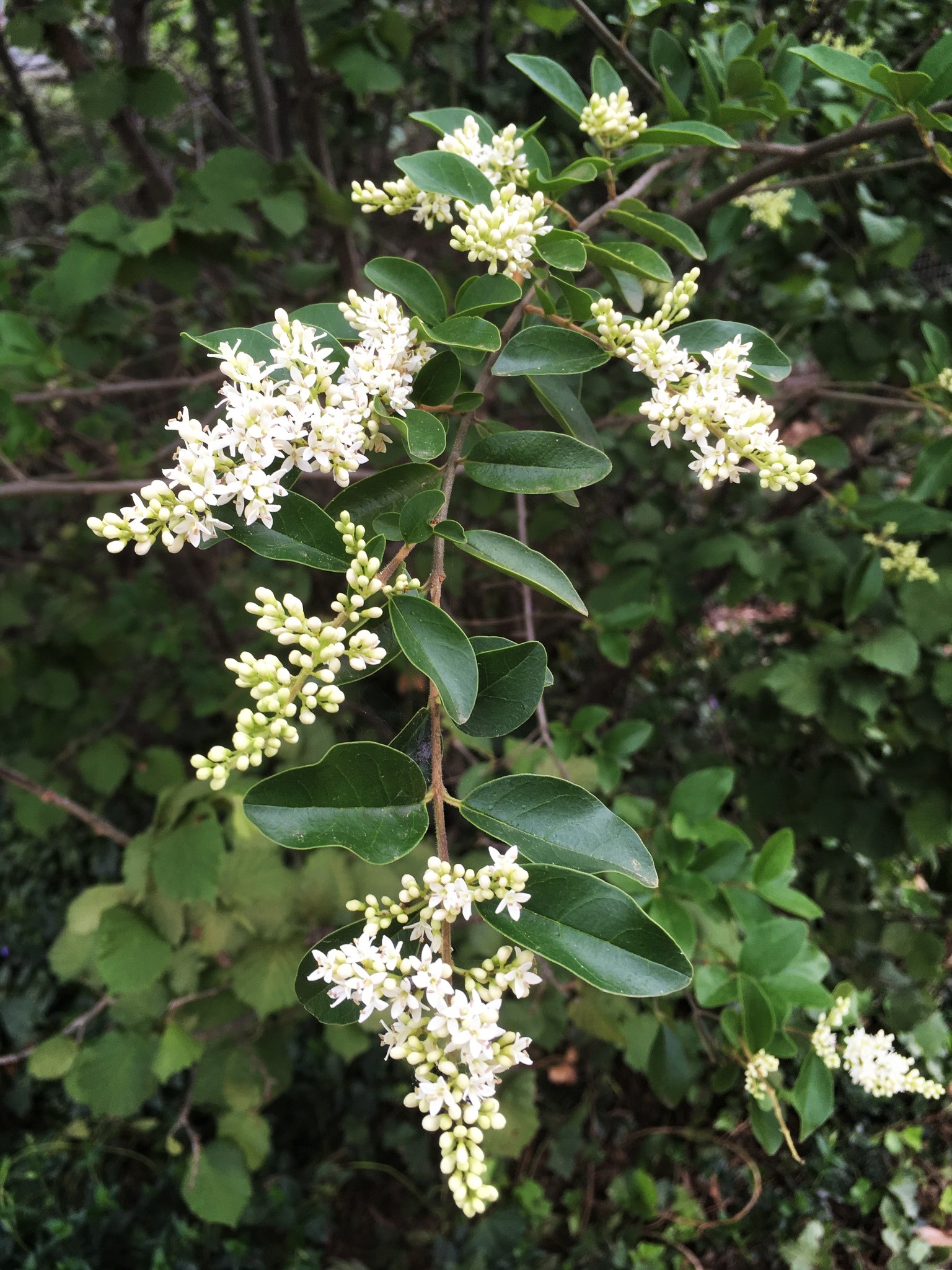
Major weeds
Three of the major tree weeds in the Valley are:
- Privet – Large-leaved (Ligustrum lucidum)
- Camphor Laurel (Cinnamomum camphora)
- Willows (Salix species)
Three of the major shrub weeds are:
- Privet – Small-leaved (Ligustrum sinense)
- Ochna (Ochna serrulata)
- Lantana (Lantana camara)
Three of the major vine weeds are:
- Balloon Vine (Cardiospermum grandiflorum)
- Morning Glory (Ipomaea purpurea)
- Madeira Vine (Anredera cordifolia)
Three of the major groundcovers or grasses are:
- Trad (Tradescantia fluminensis)
- African Veldt Grass (Ehrharta erecta)
- Exotic lawn grasses such as Kikuyu, Couch, Paspalum
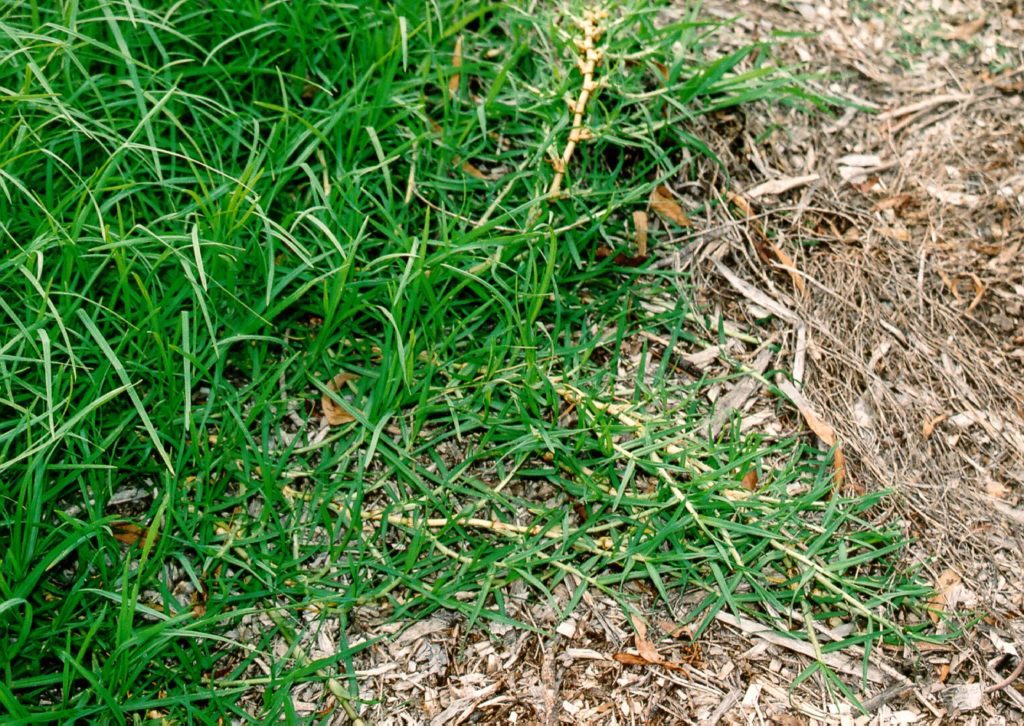
If you would like to help in a practical way with weed management in the Valley, the best place to start is by joining our Bushcare work. Through hands-on work, you can learn a lot about bushland weeds and the best strategies for their sustainable control.
For more information about weeds
AABR (Australian Association of Bush Regenerators):
Sydney Weeds Network: weed identification
Animals
There is a small, but nonetheless concerning number of pest animal species that are based in, or frequent the bushland of the Wolli Creek Valley. Some are found in the waters of the creek.
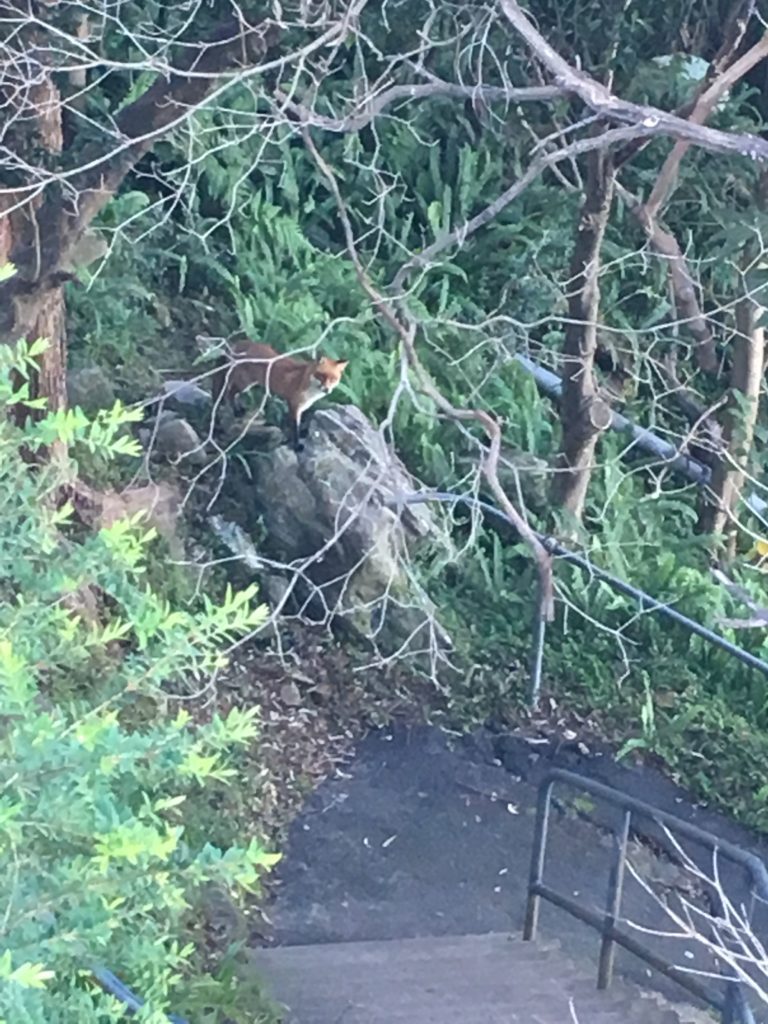
Land-based pests and threats to native wildlife
Foxes
Many people are surprised to hear that foxes (European Red Fox, Vulpes vulpes) are present, and surviving well in urban areas, including our bushland. They are found in higher densities in human-dominated areas, so there are actually higher densities of them in urban areas than in rural areas. Wildife such as roosting birds, possums, ground-dwelling small native animals and even insects are prey for foxes. Small domestic pets are also at risk. While mainly an opportunistic carnivore, they are also scavengers, and may eat a range of vegetables, fruits and eggs. Sometimes you can see the berries of weed plants (eg Privet and Blackberry) in their droppings (or scats), so they also have a role in the spread of some weeds.
There are known fox dens in the Valley’s bushland. The pattern of movement of some identified local foxes in and beyond the Valley has at times been GPS tracked by researchers, showing just how wide their territory can be and how frequently they scout about in it.
Control of foxes, however, in urban areas is not easy, as it is an adaptive and elusive predator, and the location of dwellings and pets rules out some control methods.
For more information see:
- Environment NSW: Foxes
- Canterbury Bankstown Council: fox control program
- Foxscan
- ABC article: foxes in the city
Cats
Feral (wild) and free-roaming domestic pet cats also pose a threat to native wildlife, including birds, insects (particularly grasshoppers, beetles and butterflies), frogs and small reptiles. Cats, like foxes, are good climbers and hunters.
Feral (wild) cats are opportunistic hunters and eat a wide range of food. They tend to grow larger than their domestic, pet-cat counterparts, and be active around sunset to sunrise, while sheltering during the day. Like foxes, control of feral or wild cats in urban areas is not an easy task.
It is hard to know how many truly feral/wild cats frequent the Valley’s bushland, as verification of this relies on accurate identification – and feral cats may not be very visible due to their nocturnal behaviour. When cats are seen they may be free-roaming domestic pet cats. But these pet cats, like their feral relatives, can still kill native wildlife.
Cat owners may think that well looked after and well-fed cats will not hunt and kill wildlife, but even well-fed cats can, and will kill wildife. Belling or keeping pet cats contained at night is not enough. They need to be kept indoors, or in outdoor contained areas at all times. There are commercially available options for the latter. There are animal welfare benefits from this too, as non-free-roaming cats are safer, healthier and ultimately live longer.
For more information see:
- Environment NSW: feral cats
- DCCEEW: feral cats
- Threatened Species Recovery Hub: Impact of cats in Australia (PDF)
- PestSmart: feral cats
- Sydney Morning Herald article
- Invasive Species Council
Aquatic Pests
Red-eared Slider Turtles
Considered to be one of the world’s 100 worst invasive species, this aggressive turtle species from North America has been seen in Wolli Creek near the weir at Turrella Reserve.
It is important to report any sightings of the Red-eared Slider Turtle, anywhere. See also “Do you know how to identify a Red-eared Slider Turtle“. Also report sightings to Feralscan.
The turtles are more active during warmer months, and prefer still, freshwater bodies, although they can tolerate brackish or saline water. Able to breed rapidly, they strongly compete with other wildlife – such as our local Eastern Long-necked Turtles – for basking and nesting sites, and for food. They can also carry exotic diseases that threaten native turtles as well as bacteria that affects humans (when handled). Their spread is aided by people via the illegal pet trade, and by pet owners illegally releasing them into creeks and waterways after experiencing their aggression (they bite).
For more information, including detailed identification, see the links above, and also:
Eastern Gambusias /Plague Minnows/Mosquito Fish
Known by a few common names, and scientifically as Gambusia holbrooki, this introduced, aggressive small carnivorous fish species is a major pest of coastal and inland fresh water bodies (still or slow-flowing) across Australia.
Its ability to breed rapidly, producing live young, allows it to reach plague proportions. Eastern Gambusia eat a range of small freshwater invertebrates, and terrestrial insects that may end up in water, and also prey on the eggs of native fish, juvenile fish, tadpoles and adult frogs. They strongly compete for habitat and food, reducing that available for native fish, as well as aggressively chase and nip the fins of other fish.
Another common name applied to Gambusia is Mosquitofish, which is really a misnomer, as they are not big eaters of mosquito larvae, although they were introduced as a biological control for mosquitoes – unsuccessfully. Like another well-known ineffective biological control agent the Cane Toad, Eastern Gambusia are now difficult to control.
Eastern Gambusia have been identified in Wolli Creek above the weir at Turrella Reserve, and are no doubt widespread in the freshwater sections of the creek.
For more information, including detailed identification, see:

